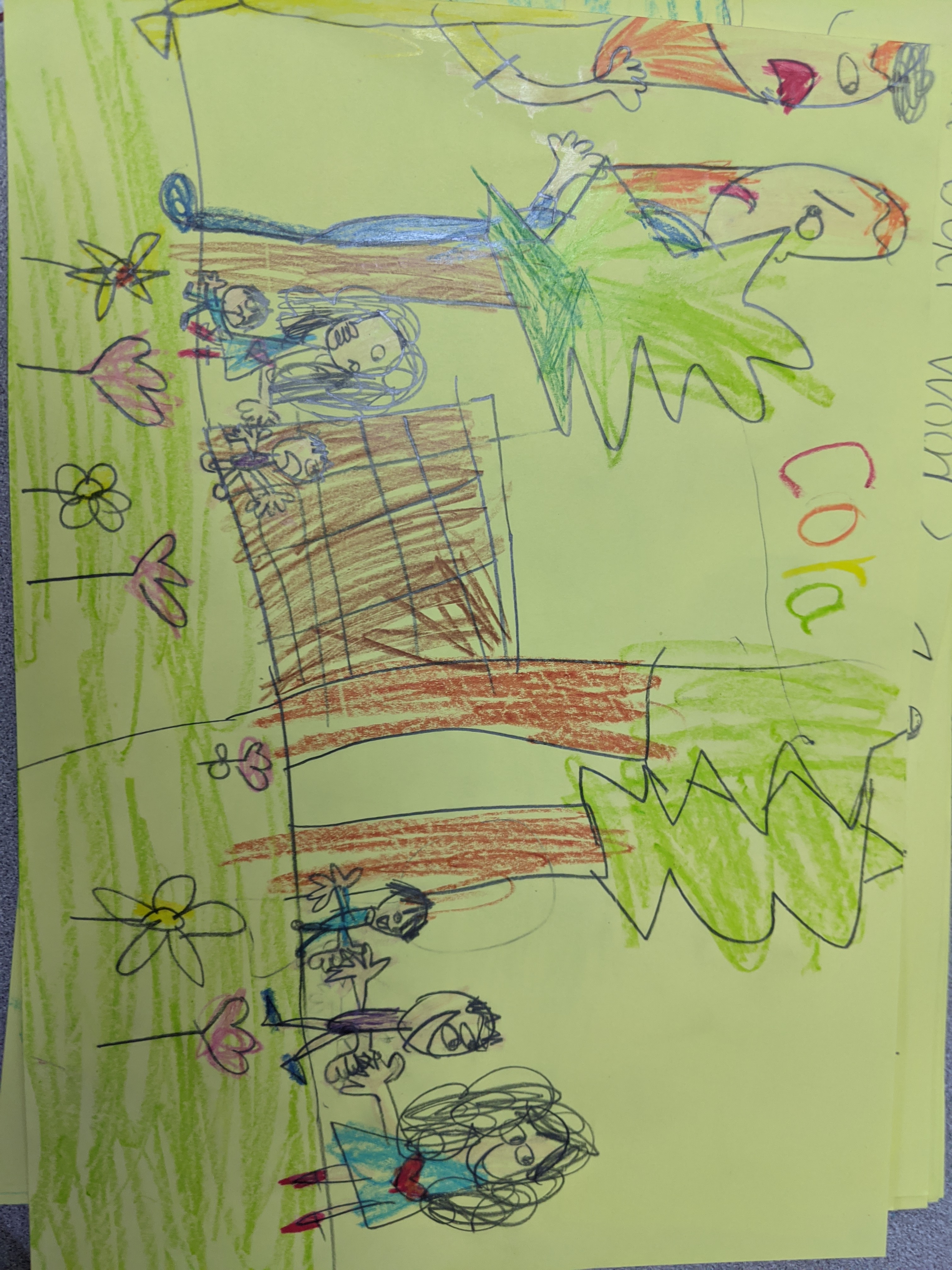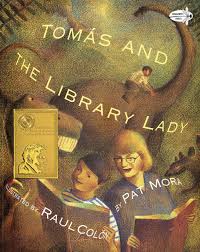Weaving Social Justice Through Read Alouds and Curriculum
Disclaimer: I want to acknowledge that lens work and teaching social justice through children’s books are far from new; all of what I have been doing derives from the work of incredible queer and BIPOC educators in the field: Lorena German, Dr. Sheldon Eakins, shea martin, Akiea G, Victoria Thompson, and so many other educators who actively share their knowledge and resources freely.
It’s been a minute since I’ve written a blog post! That doesn’t mean I haven’t been writing, though. With the help of my fabulous husband, I’ve been writing several cover letters to potential schools in Bangkok. I had to put my blog on pause for a moment, but now I want to get back into the habit of writing as I cross my fingers and wait for potential job interviews.
I’ve been very intentional this year putting into practice what I’ve been learning about social justice, equity, and diversity in education. Like many schools, we have adopted a curriculum that we need to teach in all core content areas. It can be difficult to be creative while committed to curriculum, especially with big districts that adhere to timelines and testing dates. International schools, however, are small and singular entities. We (the staff) discussed what “fidelity” meant to us in regards to curriculum and our context. We all agreed that the needs of our students come first, and that we can manipulate the curriculum while still honoring its core concepts.
The curriculum we use is called Wit & Wisdom. It’s an ELA curriculum that revolves around core texts to teach CCSS standards. It’s a relatively new curriculum, so the texts included are mostly solid choices that feature a wide variety of authors, stories, and lenses. I’ve actually been quite impressed with the books that we focus on; so many of them depict beautiful stories with stunning illustrations that the kids just adore. As I read through these stories, I discovered that so many of them contain deeper stories that tie in with social justice and equity. Having taught the curriculum last year, I felt comfortable using different lenses with each story while pulling from other texts during our read alouds that tie in with the themes. Also, I had the opportunity to read Lorena German’s Anti Racism Reading Instruction Workbook. This helped provide more of a framework for me to use when engaging in discussions about social justice and equity through reading. Below are some examples of texts that I used during my reading instruction:
Tomas and the Library Lady by Pat Mora
This story is about a boy named Tomas who travels from Texas to Iowa every summer with his family for work. Tomas and his family are migrant workers, and Tomas describes his experience making this important journey every year. While in Iowa one summer, Tomas discovers a library that helps him learn new stories to tell to his Grandfather.
We used a privilege lens to look at pieces of this story. We paused and processed a lot of Tomas’ experiences; he had to move every summer, he didn’t have any of his own books to read, and he even had to go through the city dump to find books and other household materials. I asked questions like, “How would you feel if you had to move every summer? What would that experience be like?” We also focused on Tomas’ actions. He had to be creative to secure new books of his own, so we unanimously described Tomas as a clever and resilient kid.
I supplemented additional texts from the library that told similar stories to Tomas’. We read “Lubna and the Pebble” by Wendy Meddour, The Journey, Marwan’s Journey by Patricia de Arias, Two White Rabbits by Jairo Buitrago. Each of the stories follows migrant workers, immigrants, and refugees on their own journey with their own motifs. We compared each story with Tomas’ .

This student drew two pictures; one of the family being stopped at a border wall, and then the family freely crossing if it wasn’t there.

This student drew a picture of how the ogre would help the knight.
Me…Jane is a book about how Jane Goodall was inspired to study animals. The playful illustrations depict her as a child, fascinated by the animals around her. The story ends with her tucking in her toy monkey, Jubilee, and drifting off to sleep. Then, she wakes up as an adult and her dreams of studying animals have come true.
This wasn’t mentioned in the book, but Jane Goodall made the historic discovery that chimpanzees can use tools, thus redefining “humans” as a species back in the mid 20th century. Her discovery wasn’t met with all support, however. Many scientists discredited her work because she was untrained and because she was a woman. I took this opportunity to dig deeper into women’s rights and gender stereotypes by more stories about powerful women in history. We started by reading Fearless Mary by Tami Charles. Mary Fields was a stagecoach driver back in the late 19th century. The book explores her experience as a working black woman, and the lengths of which she had to prove herself to be able to work. I Dissent: Ruth Bader Ginsburg Makes Her Mark by Debbie Levy also discusses RBG’s experience being a Jewish woman and how she was subjected to stereotypes by those around her in law school. Lasty, Counting On Katherine by Helaine Becker depicts Katherine Johnson, a black mathematician who worked for NASA at a time when women were discouraged to be scientists.



Future stories
I’m still considering how to tackle our final module, “Cinderella Stories”. We didn’t teach it last year because we shut down early for COVID safety, but the gist is that the stories revolve around different Cinderella stories from different countries. My biggest concern; all of the books are written by white Americans/British folx without any context of the respective cultures they wrote about. I know this because I looked up the authors beforehand. There isn’t much of a problem in the way the books are written, but if we’re studying the same fairy tale from different cultures, it makes more sense to have the stories told from lenses of that culture. It’s not a big ask; want to study Korean culture? Learn it from Korean perspectives. Want to read American Indian folktales? Read ones written by the people actually telling the stories. This final module fails to do this, so my plan is to see what I can do about featuring actual stories, whether they be texts from our library, videos from youtube, or some other modality.
———-
Curriculum is never designed to teach as is. While many of us are bound to what our school mandates with little to no choice in the matter, we can still find ways to weave these concepts through what we have to teach. For me, the best way to do this is through storytelling. If we’re intentional about utilizing practices like lens work, we can incorporate these concepts into just about anything. I’m also taking this opportunity to share these stories with the greater community outside of school with the organization CMARC (Change Making Anti Racism Coalition) that I helped co-found. I think that experience warrants a separate blog post, though!
How are you incorporating social justice conversations in your context? I’d love to hear your stories in the comments 🙂






Trackbacks/Pingbacks